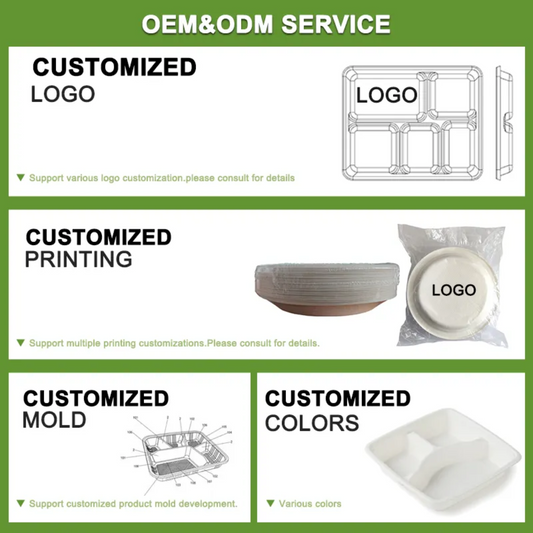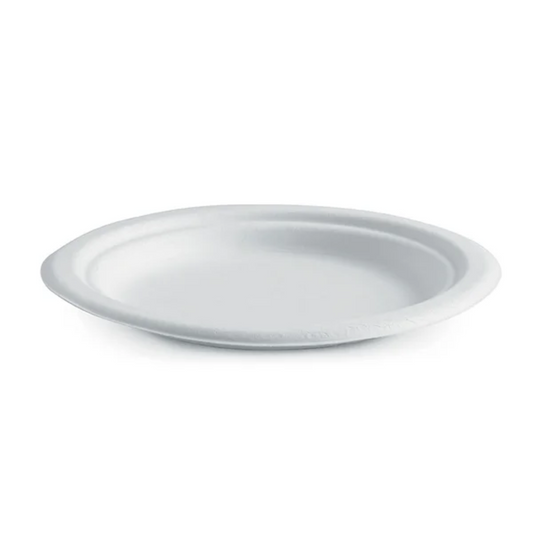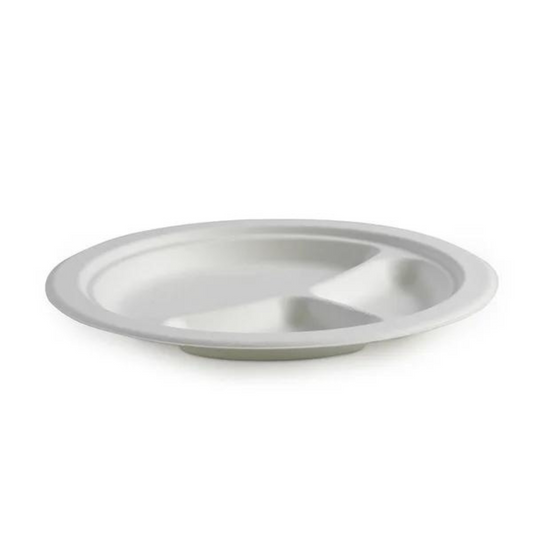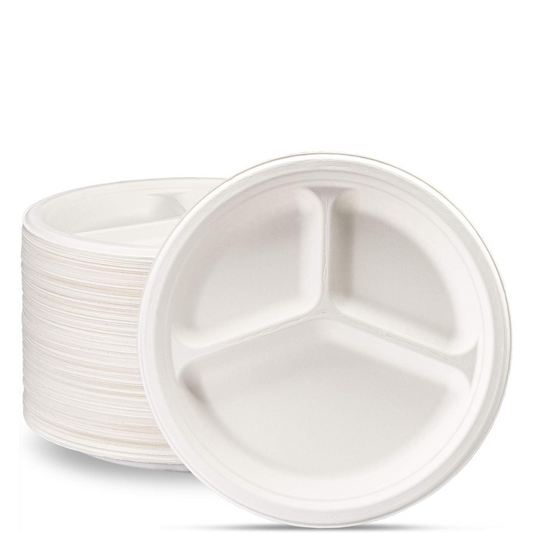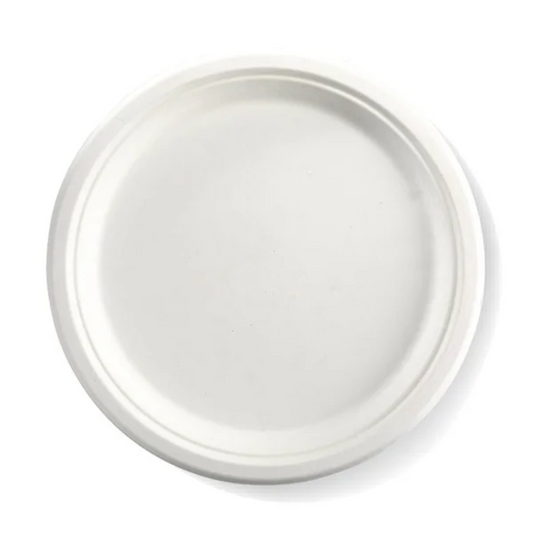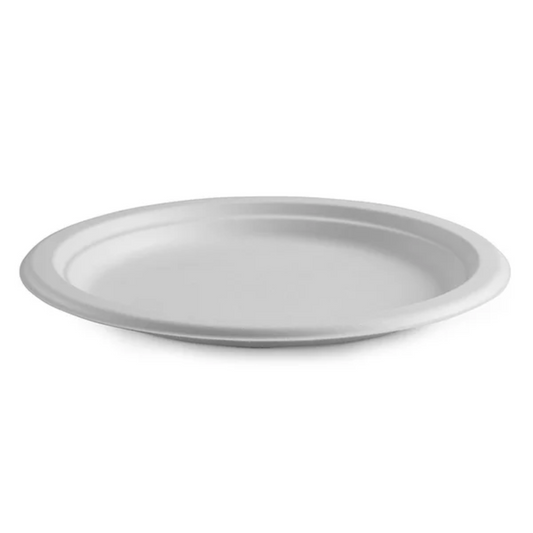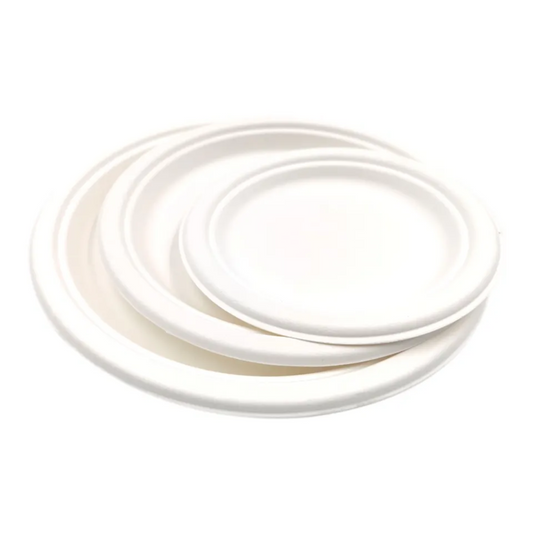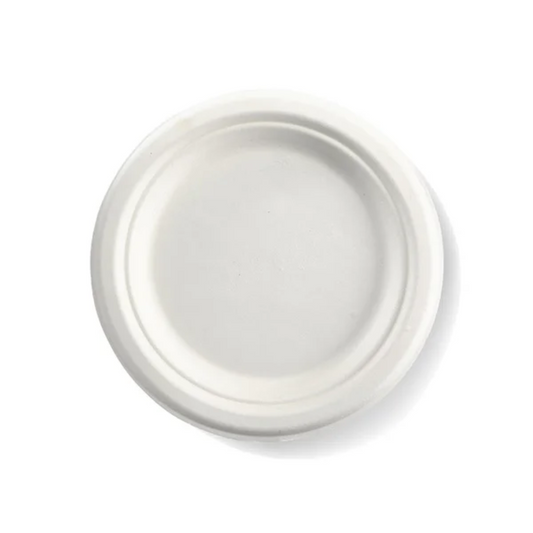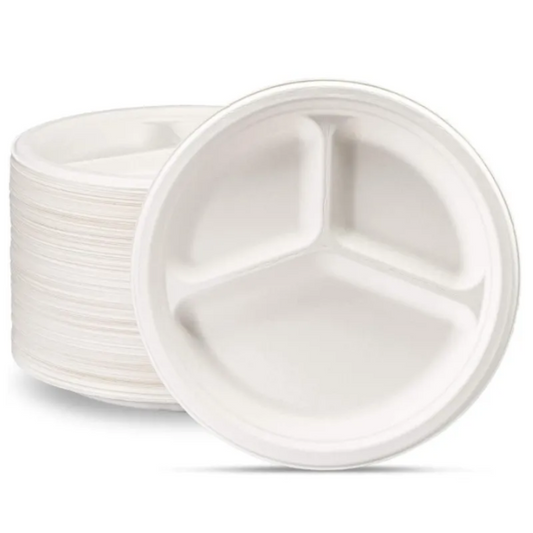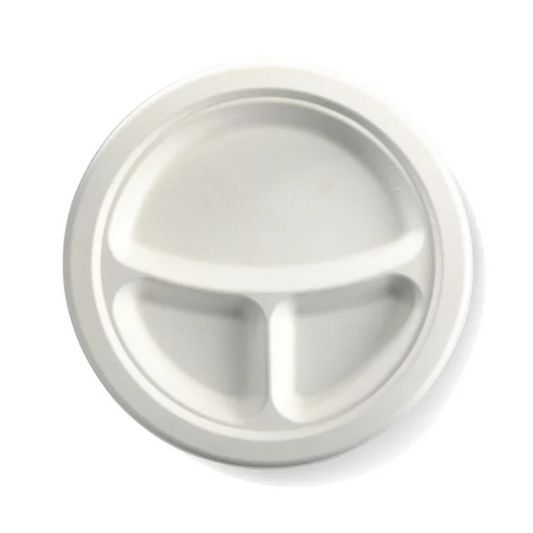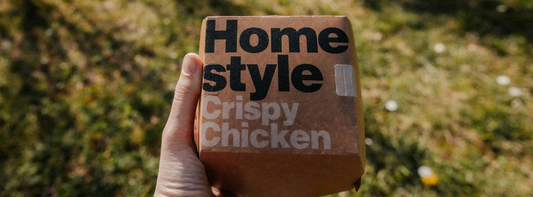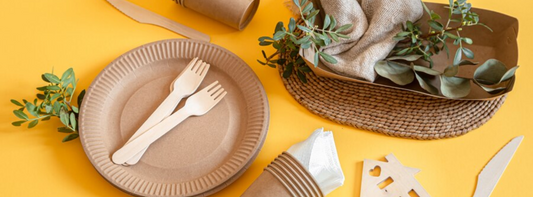-
Custom Printed Compostable Plates Wholesale Price| Eco-friendly Party Plate
Prix habituel Du $4,500.00Prix habituelPrix unitaire par -
Disposable Round Sugarcane Fiber Plates | 18cm / 7" | Eco-friendly | 1000 PCS/CASE
Prix habituel $104.95Prix habituelPrix unitaire par -
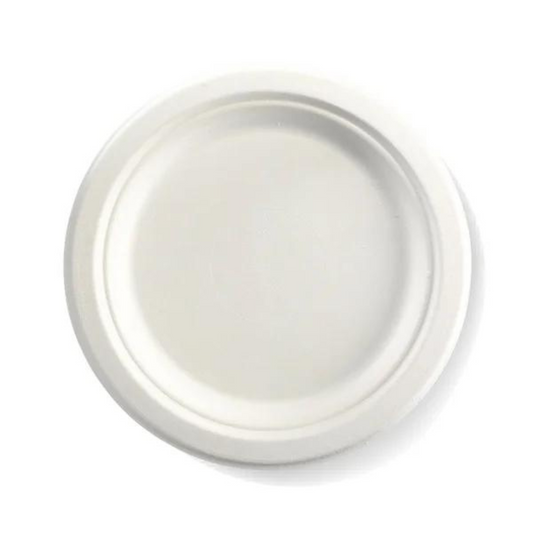
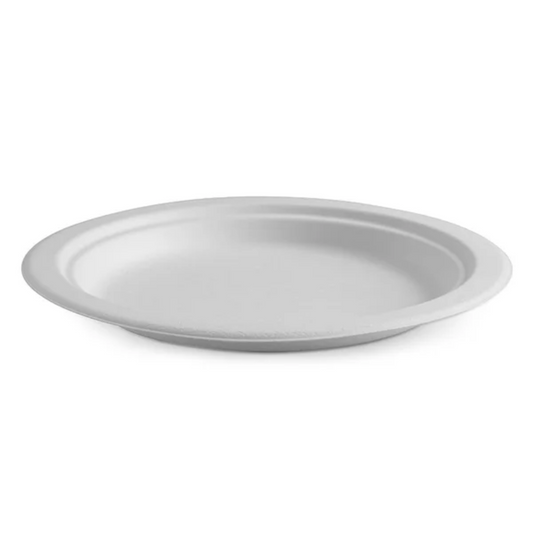
Disposable Round Sugarcane Fiber Plates | 23cm / 9" | Great for Lunch and Dinner | 500 PCS/CASE
Prix habituel $89.95Prix habituelPrix unitaire par -
Disposable Round Sugarcane Fiber Plates | 23cm/9" | 3 Compartment | 500 PCS/CASE
Prix habituel $99.95Prix habituelPrix unitaire par -
Disposable Round Sugarcane Fiber Plates | 25cm / 10" | 3 Compartment | Oil & Grease Resistant | 500 PCS/CASE
Prix habituel $112.95Prix habituelPrix unitaire par -
Disposable Round Sugarcane Fiber Plates | 25cm / 10" | Eco-Friendly & Compostable Plates | 500 PCS/CASE
Prix habituel $102.95Prix habituelPrix unitaire par -
Disposable Round Sugarcane Fiber Plates | 6'' /9'' / 10'' | Wholesale Pricing in Canada
Prix habituel Du $89.95Prix habituelPrix unitaire par -
Disposable Round Sugarcane Fiber Plates | 9/10 inches | 3 Compartment | Wholesale in Canada
Prix habituel Du $99.95Prix habituelPrix unitaire par
KimEcopak's Disposable Plates for employee cafeterias, factories, and industrial facilities: Save up to 50% on cost when ordering in bulk, with no worries about interrupted supply. Let's explore the article below to learn more about disposable plates, particularly KimEcopak’s sugarcane fiber plates.
Type of Disposable Plates
Categorized by material
- Plastic plates: Plastic plates are made from polystyrene (PS) or polypropylene (PP). Plastic plates are not biodegradable, so they will remain in our environment for hundreds even thousands of years. Besides that, if plastic plates are not improper disposal can lead to pollution of ecosystems, including oceans and landfills.
- Foam Plates: Foam plates (maybe called styrofoam plates) are a type of disposable plate made from expanded polystyrene (EPS) foam. This kind of plate is cheap and lightweight, insulates food well, and stands up to grease and moisture. However, they are not biodegradable and need at least 500 years to break down and even could last forever.
- Paper plates: The primary material used to create disposable paper plates is wood pulp, which is derived from trees. Although paper plates take more material and generate more greenhouse gas when compared to foam ones, paper plates don’t release toxic chemicals and stay around for thousands of years. Therefore, this kind of plate is still a big upgrade in terms of environmental friendliness.
- Sugarcane fiber plates: Sugarcane fiber plates (maybe called bagasse plates) are a type of disposable plate crafted from renewable sources - the fibrous residue left after extracting juice from sugarcane stalks. In addition, they can break down quickly into harmless organic biomass in a landfill and won't remain as litter on our planet.
- Biodegradable Plates: Biodegradable plates can be made from various materials such as plant fiber or bioplastics. They can break down naturally through biological processes into simpler compounds like water, carbon dioxide, and biomass. However, this process can not specify a specific timeframe.
- Compostable Plates: Compostable plates are usually produced from natural resources such as cornstarch (PLA - polylactic acid), wheat straw, or other compostable plant fibers. They can break down through the process of composting into organic components within a specific timeframe and do not release any harmful microplastics or persistent waste.
Categorized by shape
- Round Plates: The round plate is one of the most popular choices because of its versatility and aesthetic appeal. The round shape of the plate offers a large surface area for creative food presentation and decoration.
- Square Plates: Square plates can be a contemporary alternative to round dishes. They provide table settings with a clean and modern appearance and are frequently used for more formal events or gatherings.
- Rectangular Plates: The shape of rectangular plates is long and narrow. They are frequently used to serve sushi, finger meals, and appetizers.
- Oval Plates: Oval plates have a slightly elongated shape with rounded edges. These plates are frequently used to serve foods like boiling chicken, fried or steamed fish, and such. But it's vital to remember that this plate shape is only appropriate for whole fried or steamed dishes.
- Compartment Plates: Also known as divided plates or sectioned plates. This kind of plate has multiple compartments to keep different food items separate. They are commonly used for serving meals with multiple components, such as cafeteria-style settings or employee canteens. Here are some common types of compartment plates: One-compartment plates, Two-compartment Plates, Three-compartment Plates, Four-compartment Plates.
Common Size of Disposable Plates
Here are some popular sizes of single-use plates:
|
Size |
Usage |
|
|
Dessert Plate |
6 - 7 inches 15 - 18 cm |
serving desserts, small appetizers, or smaller portions of food. |
|
Lunch Plate |
9 inches 23 cm |
serving lighter meals, salads, sandwiches, or larger appetizers. |
|
Dinner Plate |
10 - 12 inches 25 - 30 cm |
serving main courses, larger portions of food, sides, and other components of a complete meal. |
KimEcopak’s Disposable Sugarcane Fiber Plates Advantages
- Cost-effective: When you choose to order KimEcopak's disposable sugarcane plates in bulk, you can save up to 50% on cost.
- Environment-friendly: Disposable sugarcane fiber plates are produced from sugarcane residue, which is an eco-friendly substitute for plastic and styrofoam because they are biodegradable and compostable. By using sugarcane fiber plates, you can reduce our reliance on non-biodegradable materials, minimize plastic waste, and contribute to protecting the environment.
- Waterproof and oil-proof: The water resistance and oil resistance of sugarcane fiber plates ensure that they maintain their structural integrity and prevent any leakage or seepage. They can hold various food items, including liquid-based dishes, hot meals, and cold food items.
- Microwavable & Freezer-Safe: You can simply reheat meals on sugarcane fiber plates without having to transfer them to another dish because they are microwave-safe. Additionally, you may preserve leftovers or make meals ahead of time due to their freezer-safe.
- Non-Toxic and Safe: These plates are free from harmful chemicals like BPA (bisphenol A) and phthalates, which can leach into food and pose health risks.
- Convenience: By using disposable plates, you can eliminate the need for washing, drying, or storing plates in bulk in employees' cafeterias, which saves a lot of time.
- Variety and customization: Disposable plates also come in a variety of sizes, shapes, colors, and compartments. This allows users to choose the type of plate that suits their demand. In addition, KimEcopak offers customization options such as adding custom logos, brand names, or other designs to the plates.
Wholesale Prices of Biodegradable Plates from KimEcopak
|
Type of plate |
Price |
|
25cm / 10" 3 Compartment Round Plant Fibre Plate |
$112.95 CAD/500 pcs |
|
23cm/9" Compostable 3 Compartment Round Sugarcane Fiber Plates |
$99.95 CAD/500 pcs |
|
25cm / 10" Round Plant Fibre Plate |
$102.95 CAD/500 pcs |
|
23cm / 9" Round Plant Fibre Plate |
$89.95 CAD/500 pcs |
|
18cm / 7" Round Plant Fibre Plate |
$104.95 CAD/1000 pcs |
What should be considered when purchasing disposable plates Canada wholesale?
When you would like to purchase disposable sugarcane fiber plates Canada wholesale, you should choose a supplier that offers a discounted price, warehouse storage support, and shipping cost assistance. Especially, you need to consider whether this product complies with Canadian regulations.
Frequently asked question
What is disposable plate?
Single-serving meal plates that may be recycled and discarded after one use are referred to as disposable plates.
Are disposable plates good for the environment?
It depends on what materials are used to craft the plates. For example, traditional disposable plates produced from materials like plastic or foam are not considered environmentally friendly. In contrast, paper or sugarcane fiber plates are better for the environment than traditional disposable plates.
Which disposable plates are best?
Sugarcane plates are a type of disposable plate that is often recommended as they are considered an eco-friendly alternative to traditional disposable plates made of plastic or foam.
Why do people use disposable plates?
People use disposable plates for their convenience, saving time for serving food without the need for washing or storing traditional plates. Plus, they can save money if ordered in large quantities.
Are disposable paper plates safe?
As we mentioned above, paper plates take more material and generate more greenhouse gas when compared to foam ones. However, paper plates don’t release toxic chemicals and stay around for thousands of years. As a result, this type of plate still represents a significant improvement in terms of environmental friendliness.
The safety of disposable paper plates for people's health will depend on the specific materials and coatings used for paper plates. Therefore, you should look for single-use paper plates that have been tested and certified by reputable organizations for food safety.
Are paper plates eco-friendly?
Paper plates can be more eco-friendly than other disposable plates like plastic or styrofoam. However, their overall environmental impact depends on several factors such as the source of the paper, production processes, the coating, and end-of-life disposal.
Are disposable paper plates compostable?
In fact, disposable paper plates are compostable, but not all. Some single paper plates will be coated or use additives that hinder their ability to break down in a composting system.
For example, paper plates coated with wax or polyethylene will not typically be compostable. Because these coatings can prevent proper decomposition and may not break down effectively in a composting environment.
To make sure that paper plates can be compostable, you need to check the product packaging or consult with the manufacturer to determine.
What are disposable paper plates made of?
The primary material typically used in disposable paper plates is paper pulp, which is derived from wood fibers. The wood fibers will be processed and transformed into a pulp consistency and then crafted into plates.
Conclusion
While disposable plates offer convenience and cost-effectiveness, it's essential to make informed choices and properly dispose of them. By choosing sustainable fiber plates, you can make a positive impact toward a greener and more sustainable future.
TRANSFORM YOUR CUSTOMERS INTO A WALKING BILLBOARD FOR YOUR BIZ
+ RECEIVE $300 OFF FOR 1st CUSTOM LOGO/WHOLESALE ORDER(*)
Share with our experts on your Products, Sizes, and Quantities, and let's cook up a tailored solution that screams YOUR style.
Your vision, our expertise – let's make it pop! Talk to us!


